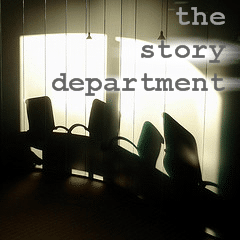No one is perfect—no, not even me, or my critique partners. My CPs are infinitely helpful, and I’ve been blessed with a number of excellent ones over the years. But I’ve definitely seen my fare share of really, truly bad advice. Maybe even a little too much bad advice. I’ve gotten into the bad habit of rejecting suggestions initially.
Sometimes, they really are wrong for my work. But not always. As I discovered a few years ago, sometimes it’s best to:
Weigh it out
This phrasing comes from Josi Kilpack. She points out that no matter how off-base a comment may seem, there may be a kernel of truth in it. Somewhere. And who knows, maybe—just maybe—they were right after all.
I should add here that fortunately I’ve been a victim of this one, too. My favorite example here is when a critique partner suggested I add a scene near the beginning of the book. I hemmed and hawed over this privately—until the scene started playing out in my mind. It was so entertaining—and just like she said, solved so many problems—that I just had to write it, just to see what it’d look like. (And when I still liked the finished product, I stuck it in there.)
I have to stay open to new ideas—you never know when and how your work can get better!
Don’t have critique partners? We have a Story Department here from time to time, just to help develop ideas on all levels. It’s fun—and you can take my word for it.
What’s your favorite way to come up with new ideas?



